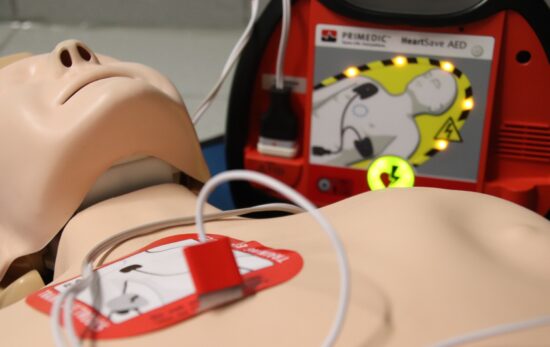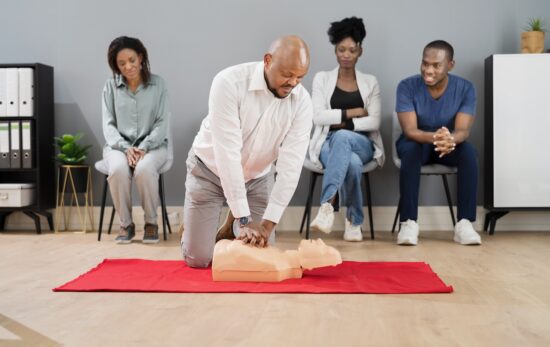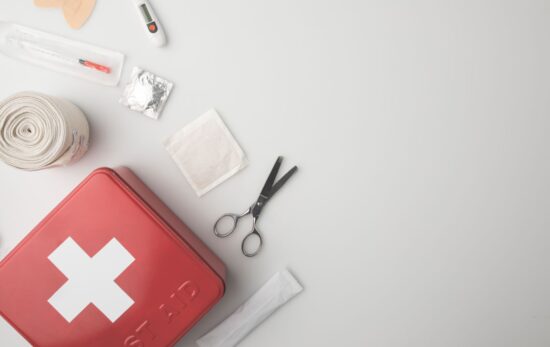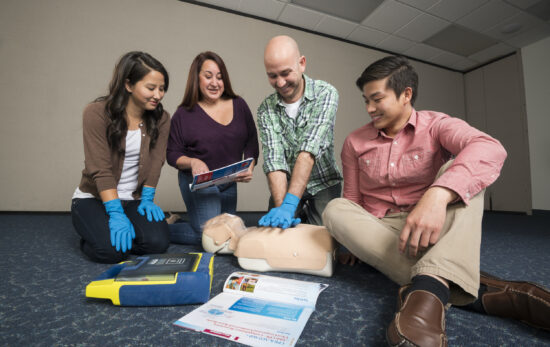Picture the scene: you’re at a shopping mall when somebody collapses and is in obvious need of medical assistance. No doctors or medically-proficient bystanders step forward to take charge. Crucial seconds are passing. Emergency services have been called. But someone with the right know-how needs to keep the person alive until they arrive. Could you do it? If not, you should consider getting a BLS certification.
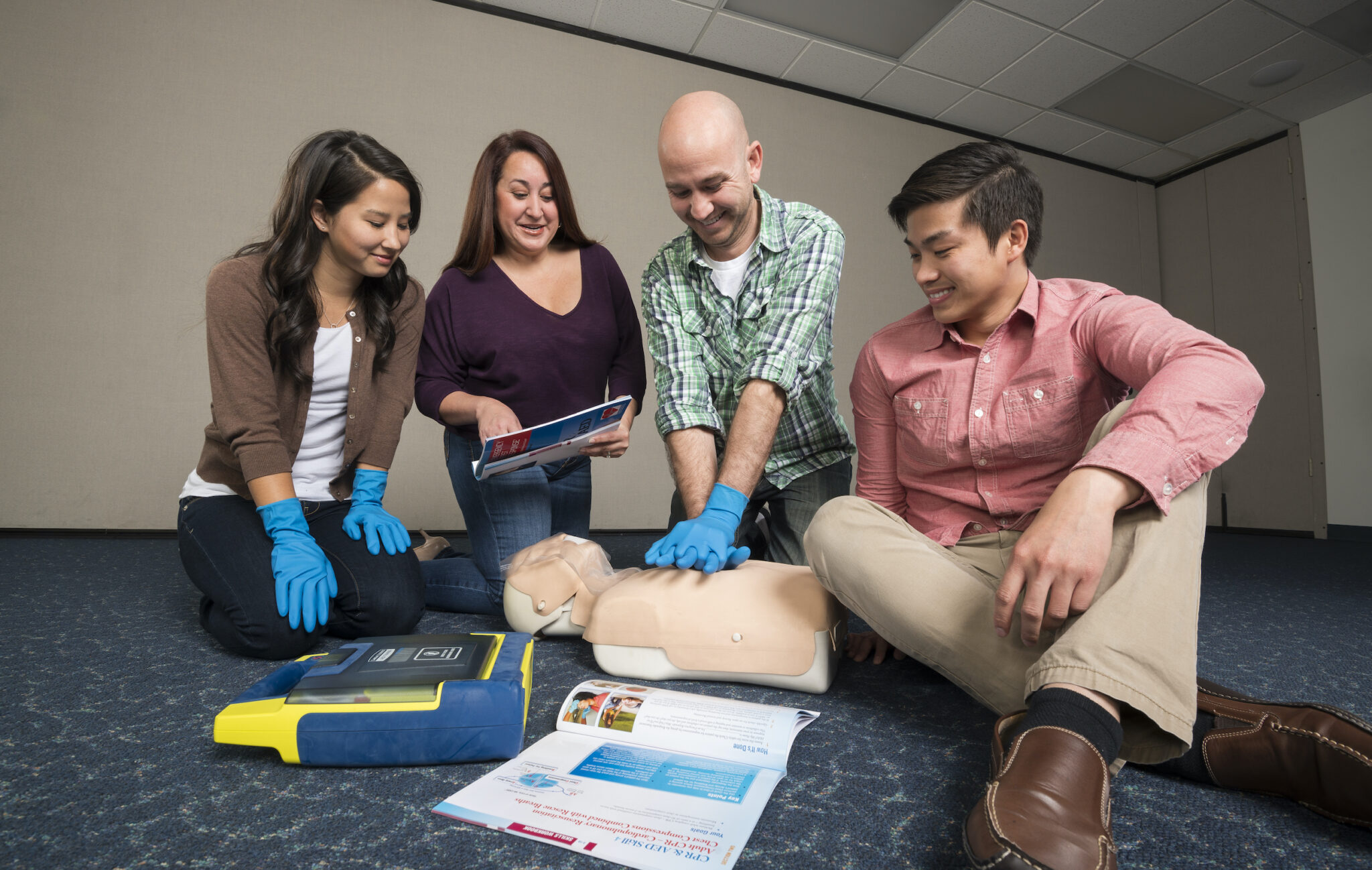
What Does BLS Stand For? And What is BLS?
Basic life support (BLS) refers to the care given to a patient experiencing circulatory or respiratory system failure. Examples of such failures include respiratory distress and cardiac arrest. BLS care usually involves:
- Maintaining an open airway
- Breathing and circulation support
Contrary to a commonly held assumption, the main goal of BLS in an emergency situation isn’t to solve the root cause of the patient’s issues. BLS intervention is “basic” and intended to prolong the period between the initiation of the medical emergency and the point at which serious, often irreversible damage occurs. When performed correctly, BLS buys a patient extra time, allowing (potentially delayed) medically-trained personnel or an AED to arrive on the scene.
Because of the proven benefits of BLS, everyone should learn how to perform basic life support through a BLS certification.
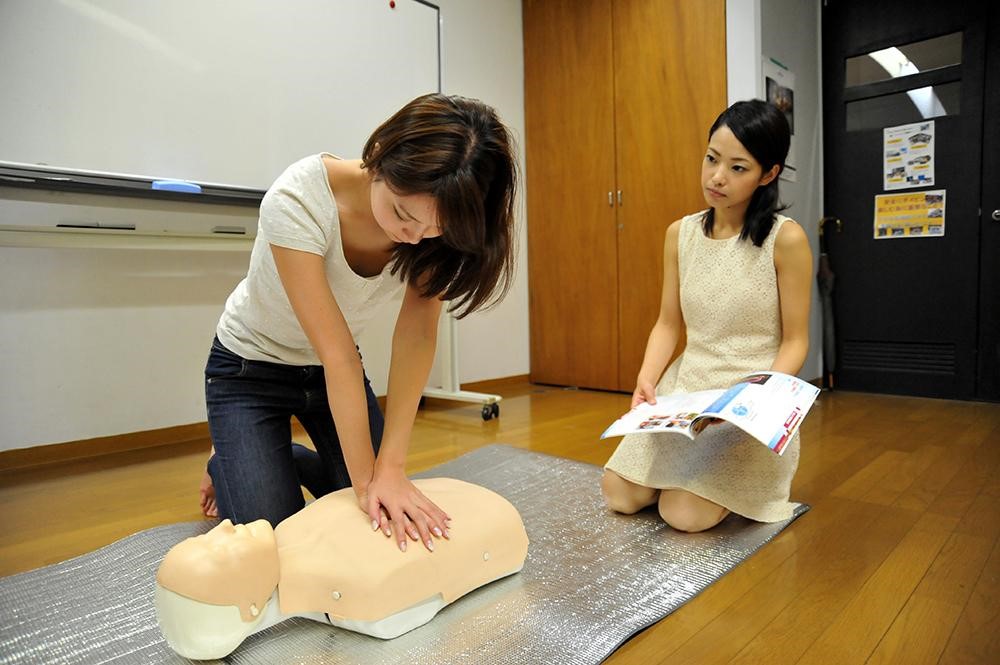
CPR vs BLS vs BLS Certification
A common point of confusion to be aware of is the similarities between BLS and CPR. And the differences between BLS and a BLS certification.
BLS, as stated above, refers to life-supporting care given to someone who is unconscious or unresponsive. In terms of treatment given to someone who is not breathing and does not have a regular pulse, there is no difference between BLS and CPR — airway check, chest compressions and rescue breaths. In many instances, the terms BLS and CPR may be used interchangeably.
When “BLS” is combined with “certification”, confusion can ensue. In the USA, more so than anywhere else, the term ‘BLS Certification’ is used to describe a level of CPR that healthcare workers can provide and is an industry-recognized qualification. Having a BLS certification means you have taken a qualifying course, and one which is most often aimed at healthcare professionals. However, there is also no harm if non-healthcare professionals take these more advanced courses as well.
In the rest of the world, the term BLS certification is less common and is sometimes used interchangeably with the term CPR certification. But, in some instances a BLS certification will also include training on how to use an AED (automated external defibrillator).
Ultimately, if you have an employer or a potential employer, who asks for a BLS certification, be sure to check whether the BLS course you choose meets their specified requirements.
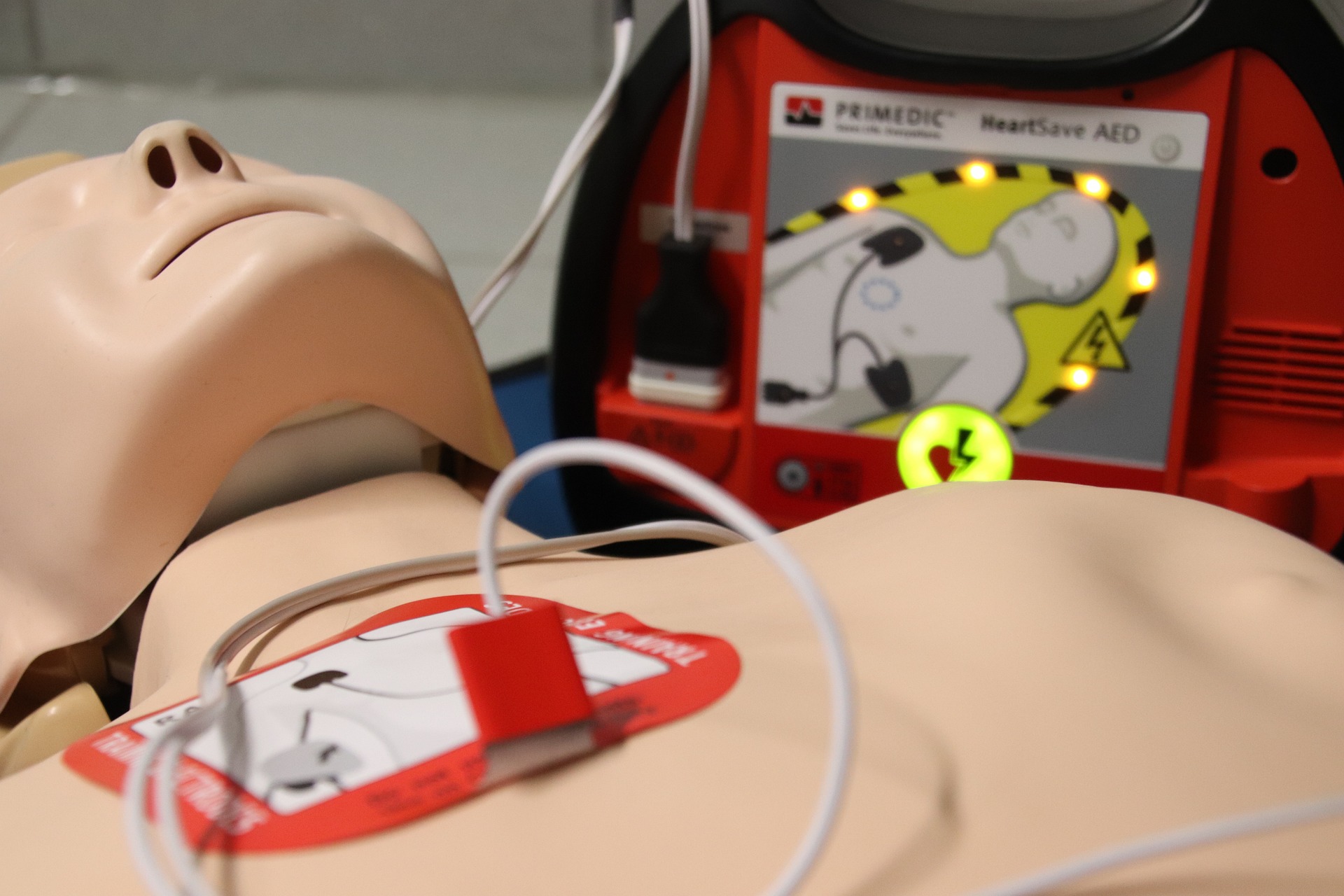
What Does a BLS Course Cover?
Courses that cover BLS treatment are readily available and widespread. While comprehensive courses which cover more topics are available, basic BLS skills can be taught in a matter of hours. Whichever BLS or equivalent course you end up choosing, it’s a good idea to ensure it covers the following:
- Performing an initial assessment
- Checking and maintaining airways
- Cardiopulmonary Resuscitation (CPR) – Adult, child and infant
- Automatic External Defibrillator (AED) Training
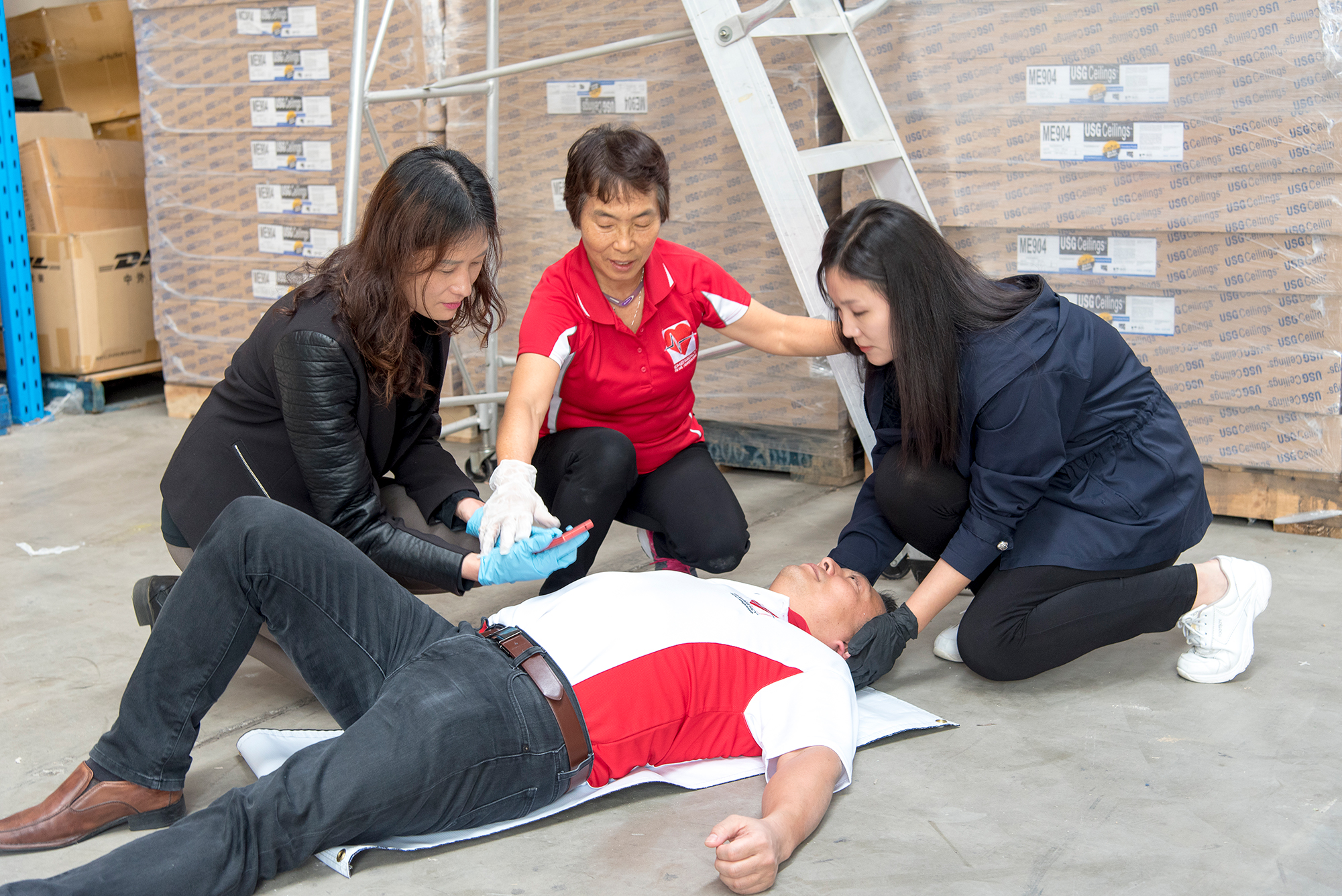
Which EFR Courses Cover BLS Skills?
If you’re interested in learning (or refreshing) your BLS skills, Emergency First Response (EFR) offers several courses that cover the topic in depth. Participants can also opt for a course which combines BLS skills with other levels of care for specific situations. Examples are primary care in the workplace or care aimed specifically at children. Available EFR courses that cover BLS include:
Emergency First Response CPR & AED Course
The Emergency First Response CPR & AED Course teaches key elements that would fall under the banner of BLS – plus a little bit more. After completing this course, which lasts 2.5 to 4 hours on average, you’ll understand and have practiced the basic principles of CPR. You’ll also learn how to deploy and use an Automated External Defibrillation (AED) in an emergency situation.
Emergency First Response Primary Care (CPR) Course
If you want to cover standard BLS skills and add some extra primary care topics into the mix, the Emergency First Response Primary Care (CPR) Course is an excellent option. In addition to CPR, course participants can expect to learn how to deal with serious bleeding, shock, spinal injuries and situations involving choking. The course usually lasts between 4.5 and 6 hours.
Emergency First Response Care for Children Course
The Emergency First Response Care for Children Course is popular with parents, relatives, babysitters and anyone who spends a lot of time around children. This innovative and intensive course teaches BLS essentials and secondary care (first aid) skills with an emphasis on care for children. It has a central core built around the guidelines provided by the Pediatric Working Group of ILCOR. The course takes between 7 and 8 hours.
Emergency First Response Workplace Courses
EFR also offers region-specific courses which are designed to meet regulatory body requirements. You can choose from United States, Canada, the United Kingdom-specific courses which cover both primary and secondary care. These are also the most time intensive and knowledge-filled courses EFR offers.
Ready to gain the confidence and knowledge to become an essential link in the chain of survival during medical emergencies? Check out the available Emergency First Response courses, contact a PADI Dive Shop or discover what courses are scheduled near you using the course finder.
